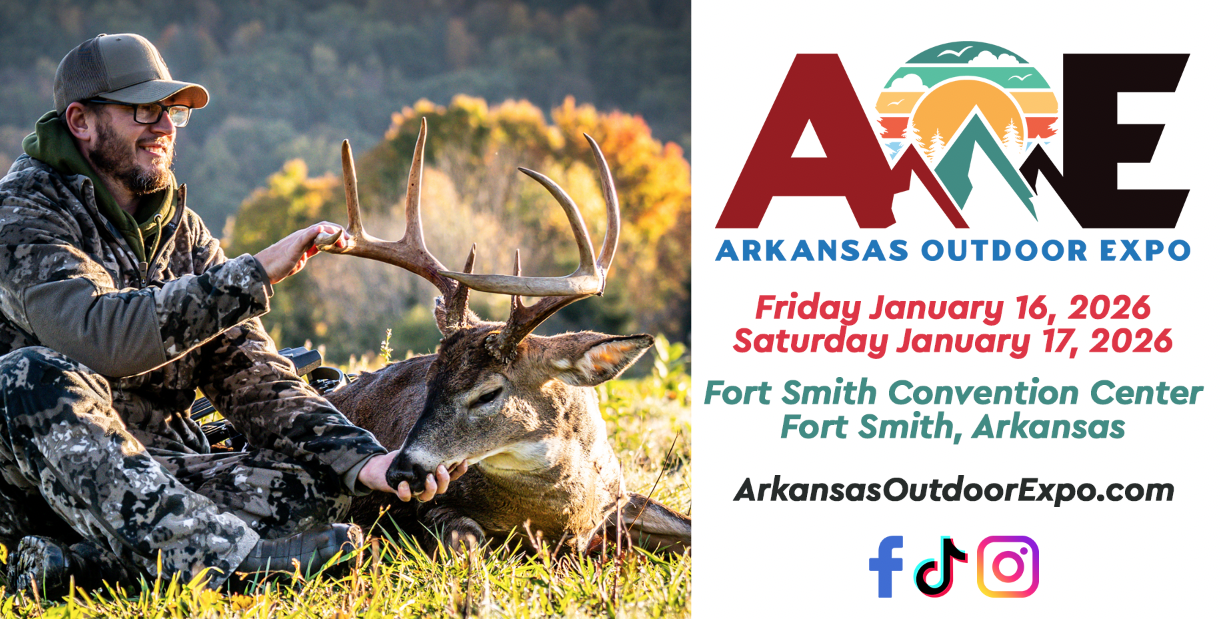By the U of A System Division of Agriculture
Arkansas’ summer has surrendered to fall, and within a few weeks, the first nights of frost will likely begin to occur. Pasture managers should begin making plans to care for grasses that may be susceptible to damage.
Dirk Philipp, associate professor of animal science for the University of Arkansas System Division of Agriculture, said that, depending on plant physiology and morphology, commonly used forages have different degrees of suitability for winter grazing.
“For now, most forages are still actively growing, although some, such as bermudagrass, already are slowing due to shorter day length and much cooler nights,” Philipp said. “Perennial cool season grasses are right in the middle of their fall growth bump.”
Different approaches, he said, should be taken for cool season perennials, warm season grasses and other pasture favorites.
Tall fescue and orchardgrass, both cool season perennials, are well suited for winter grazing, and both can be stockpiled. Fescue is more common in Arkansas and thus more familiar to local producers.
“Fescue is highly palatable after frost and keeps a relatively high amount of nutrient value,” Philipp said. “The ideal grazing method is strip grazing, to avoid trampling of forage and ensure high rates of forage utilization.”
If there are still warm season grasses in your field, the clock is ticking, Philipp said.
“The solution here is to graze bermudagrass before the first frost occurs,” he said. “Cattle simply are not exactly fond of senesced, dormant bermudagrass.”
Grazing bermudagrass down before frost will also ensure a low canopy, should a producer decide to plant annual forages into it, Philipp said.
“This is going to be a requirement for planting anything into it,” he said.
Grazing a canopy down will save the cost of bushhogging, he said, and winter annuals will save hay expenses at certain times during the cold season.
Philipp said that some forages — especially Johnsongrass — require additional care after a frost.
“This perennial warm season grass is still growing as of September,” he said, but will die back immediately if affected by frost.
“Unfortunately, Johnsongrass will accumulate prussic acid when under stress, especially under drought and after a killing frost,” he said. “When leaves appear wilted, brownish and dry, avoid grazing.”
Philipp said to remember that, as a general rule, native grasses should not be grazed between September 1 and a first killing frost, to allow the plants to accumulate enough energy to make it through the winter.
“They are, however, grazeable during dormancy,” he said.
Grazing during the winter requires enough senesced material to be on the plants, however, and supplementation if producers want to keep the weight of their livestock even throughout the season.
Cooperative Extension Service agents throughout Arkansas can help pasture managers determine the actual nutritive value of any forage stand, and to develop a cost-effective supplementation strategy, based on the business goals of their respective operations. A directory of agents by county can be found at https://www.uaex.edu/counties/default.aspx.
“After all, cattle eat what we can’t eat, and dormant-yet-leafy winter forage is a great way to make use of ruminants,” Philipp said.
To learn more about extension programs in Arkansas, contact your local Cooperative Extension Service agent or visit www.uaex.edu. Follow us on Twitter at @UAEX_edu.






